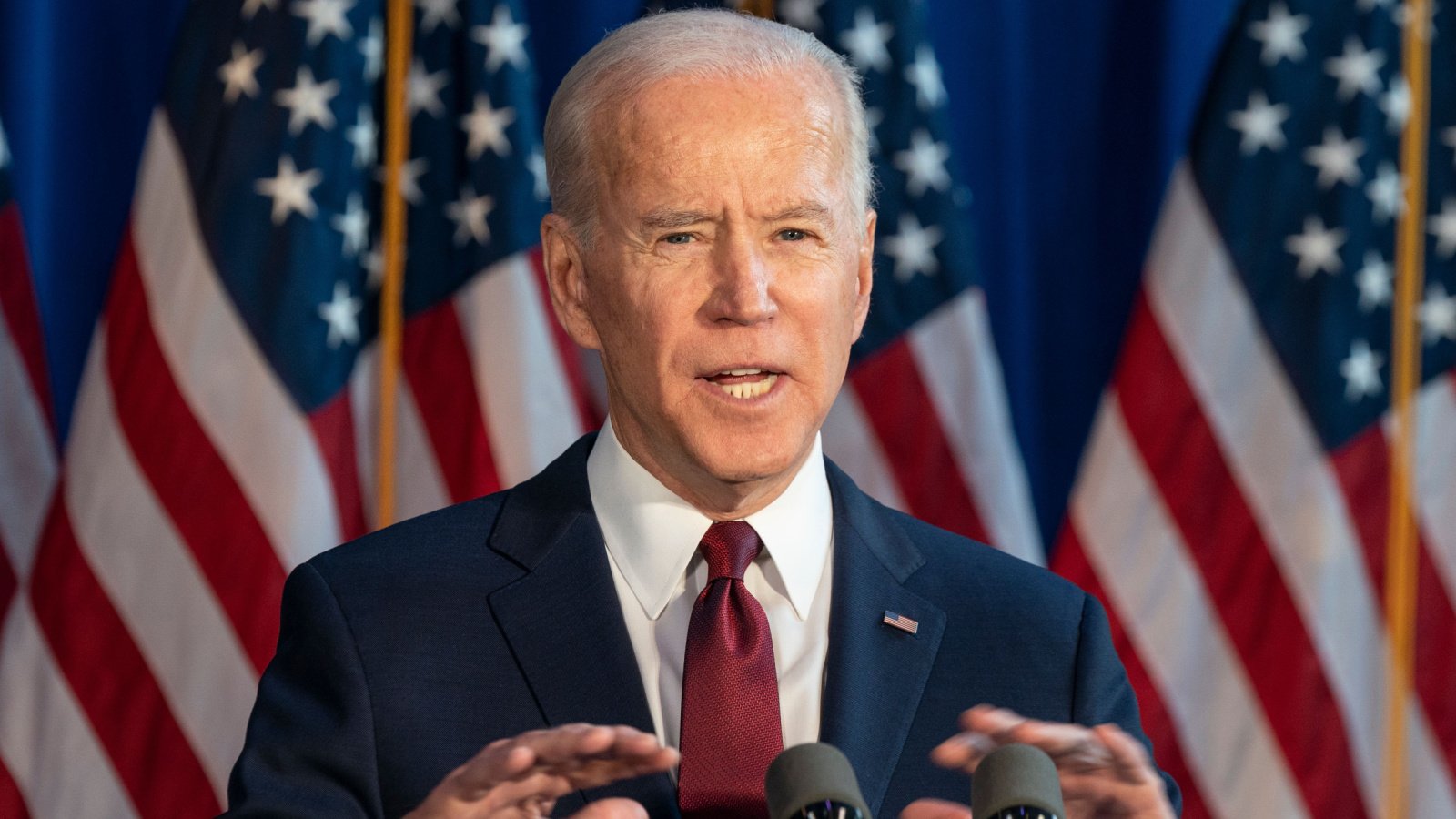At the U.S.-Mexico border, the realities of migrant struggles collide with legal and political debates. Judges question the extent of government responsibility and humanity for children awaiting asylum in provisional camps.
Border Dispute: A Judge’s Inquiry
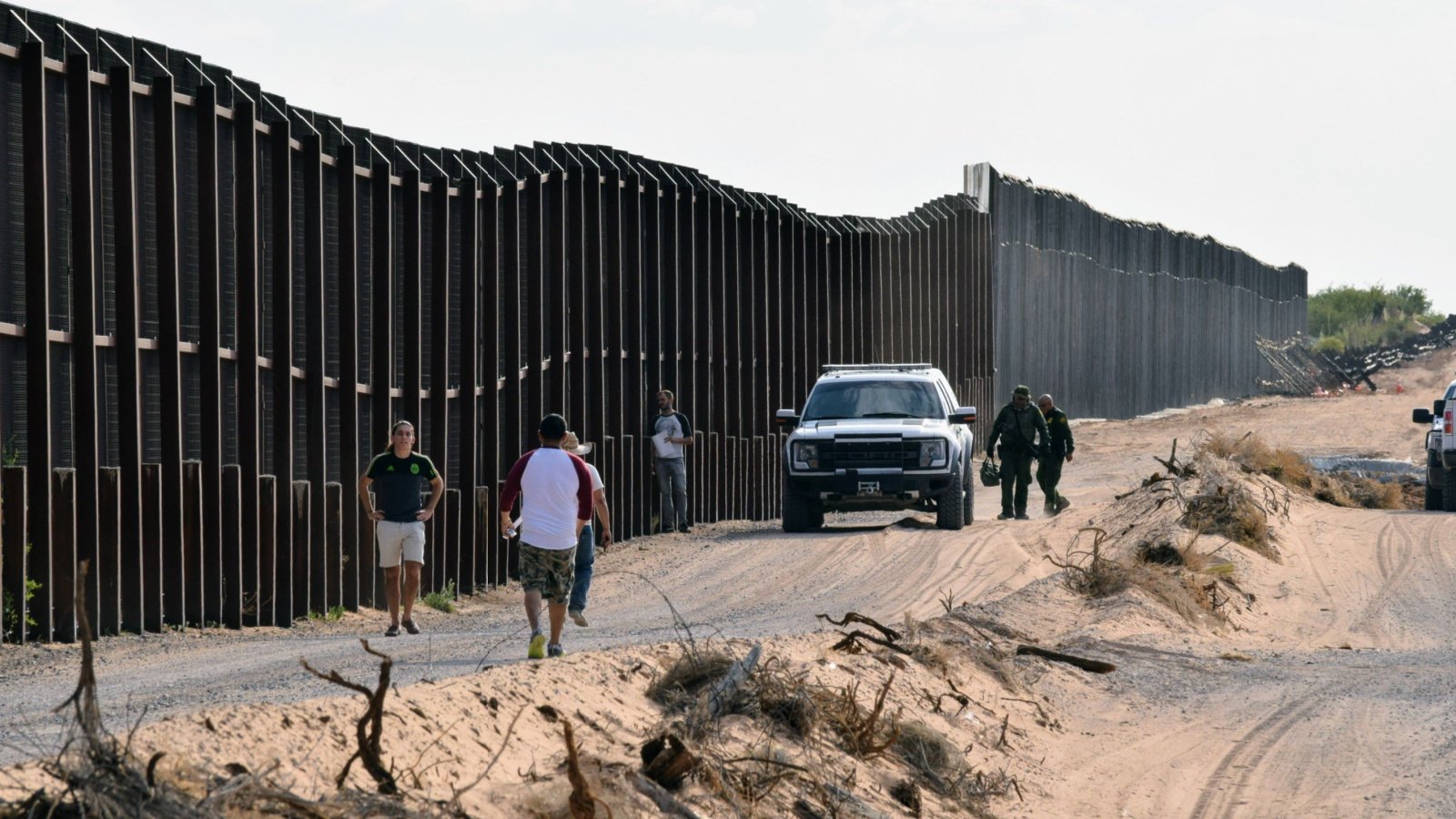
In a striking confrontation, a federal judge in San Diego raised eyebrows with pointed questions towards the Biden administration. The crux of the matter? Whether the government should provide shelter and sustenance to migrant children caught in limbo at the U.S-Mexico border’s makeshift encampments.
Life in Limbo

At these border camps, the living conditions are far from ideal, with migrants enduring the elements, sometimes sheltered only by makeshift tents or structures crafted from tree branches, all while facing shortages of food and water.
They find themselves in a holding pattern, illegally crossed and awaiting the Border Patrol’s intervention to start the legal processing.
A Question of Custody
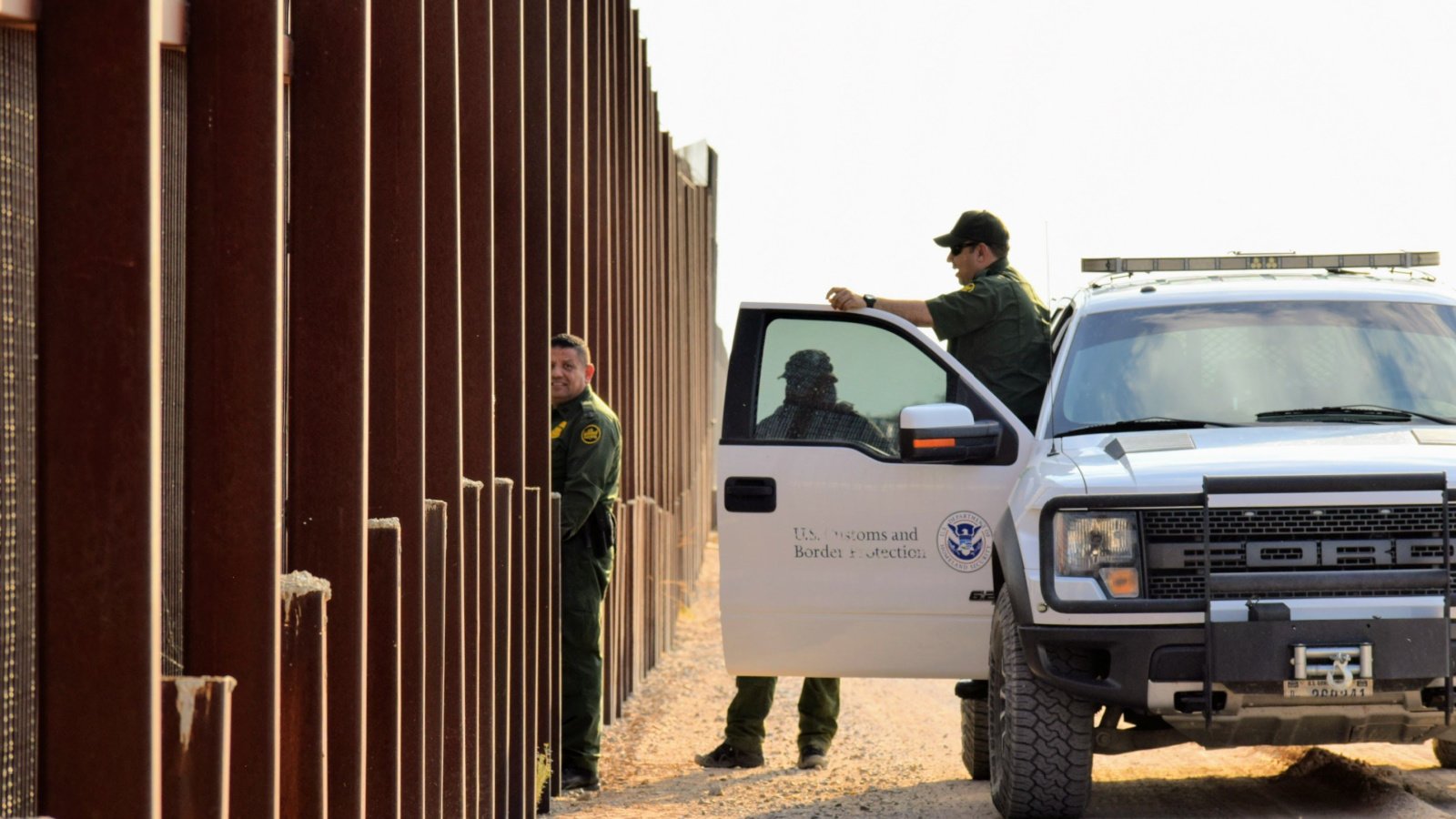
The legal debate hinges on whether these waiting periods amount to “legal custody,” a status that would trigger a 72-hour cap on detaining children and necessitate provisions like emergency medical services and guarantees of safety. U.S. District Judge Dolly Gee leans towards advocacy groups’ arguments, prompting a crucial question: “Are they free to leave?”
A Delicate Dance of Legalities
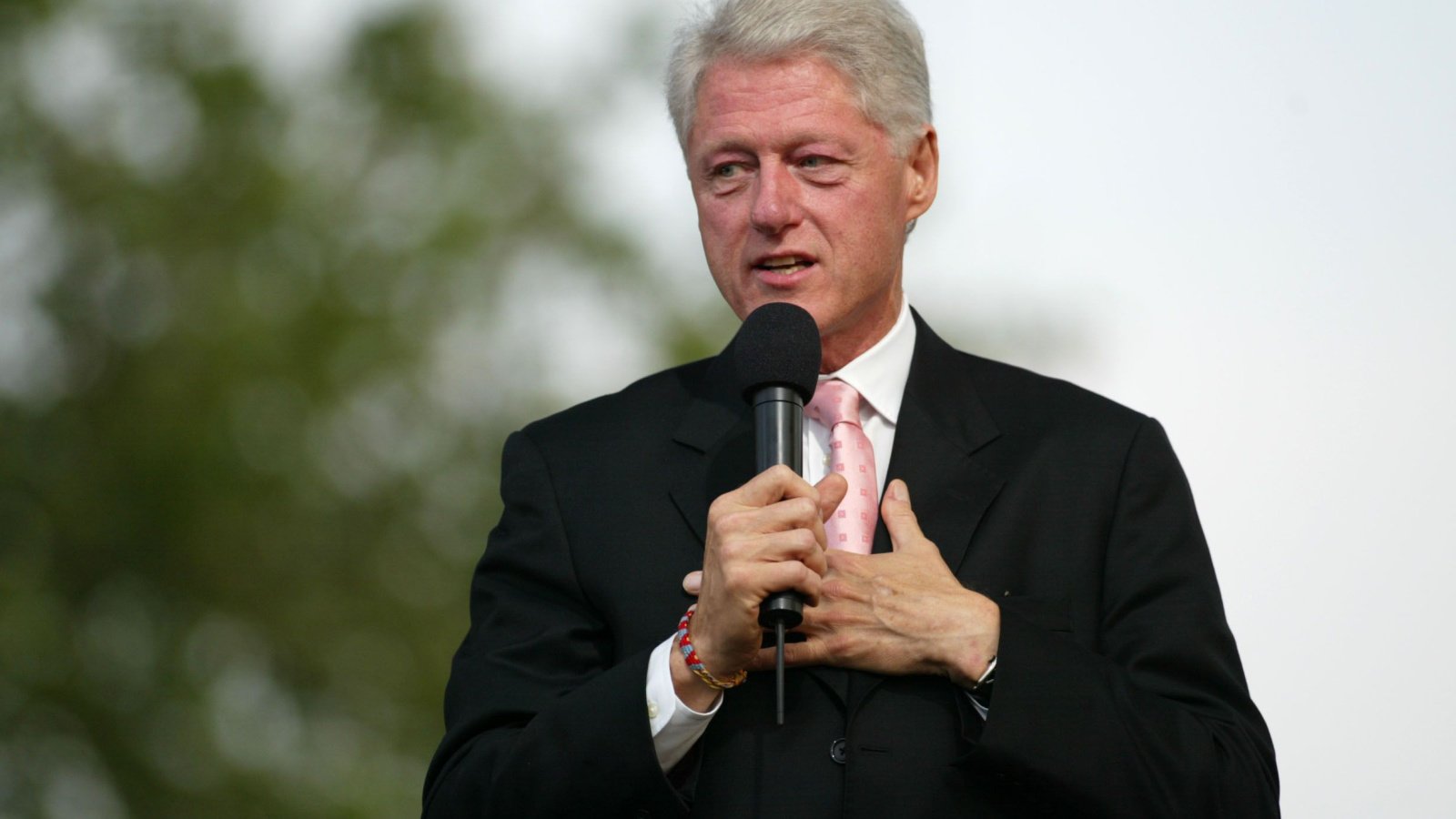
Judge Gee, a nominee of Bill Clinton, navigates the complexities of the situation, likening it to “dancing on the head of a pin.” The peculiar predicament of children who trek to the camps solo, not directly placed there by Border Patrol, adds layers to the legal labyrinth.
Advocates Push for Compliance

The heart of the legal battle is a push for adherence to a 1997 agreement overseeing the custody conditions for migrant children, including a myriad of services from basic hygiene to temperature regulation. Despite the gravity of the debate, Judge Gee’s ruling remains pending after discussions in a Los Angeles courtroom.
The Journey for Asylum

The current protocol requires that unaccompanied children be transferred within 72 hours to the Health and Human Services Department, which typically places them with family in the U.S. as they await asylum rulings. Meanwhile, asylum-seeking families often find themselves released within the country as their legal battles unfold.
Spotlight on California
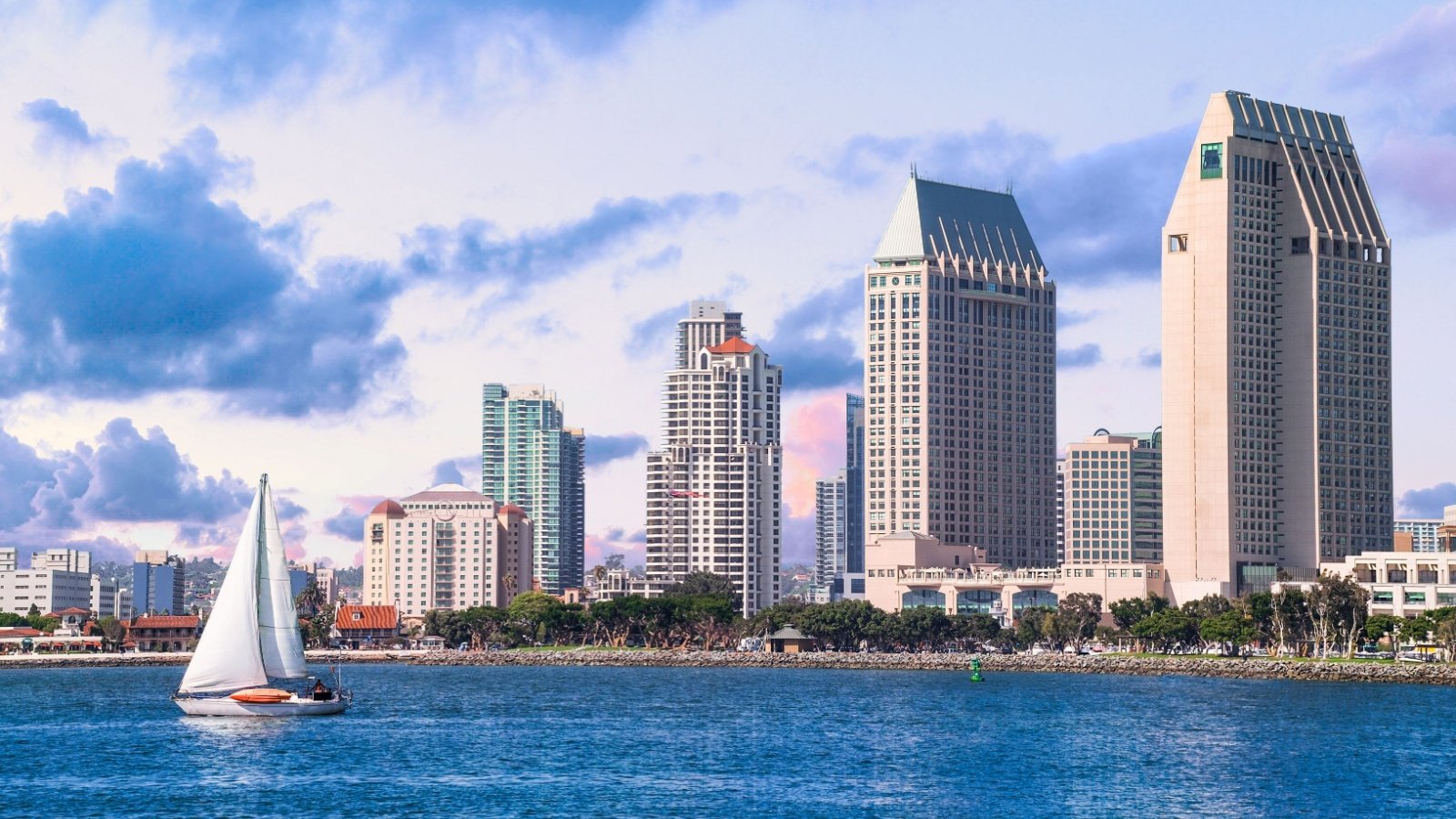
The lawsuit zeroes in on two critical areas in California, spotlighting the dire situation between double border fences in San Diego and a secluded mountainous area east of the city. Here, migrants, at times in overwhelming numbers, have endured lengthy waits for Border Patrol processing, a situation exacerbated last year, leading to the distribution of colored wristbands to manage processing priorities.
The Migrant Journey: Paths and Patience
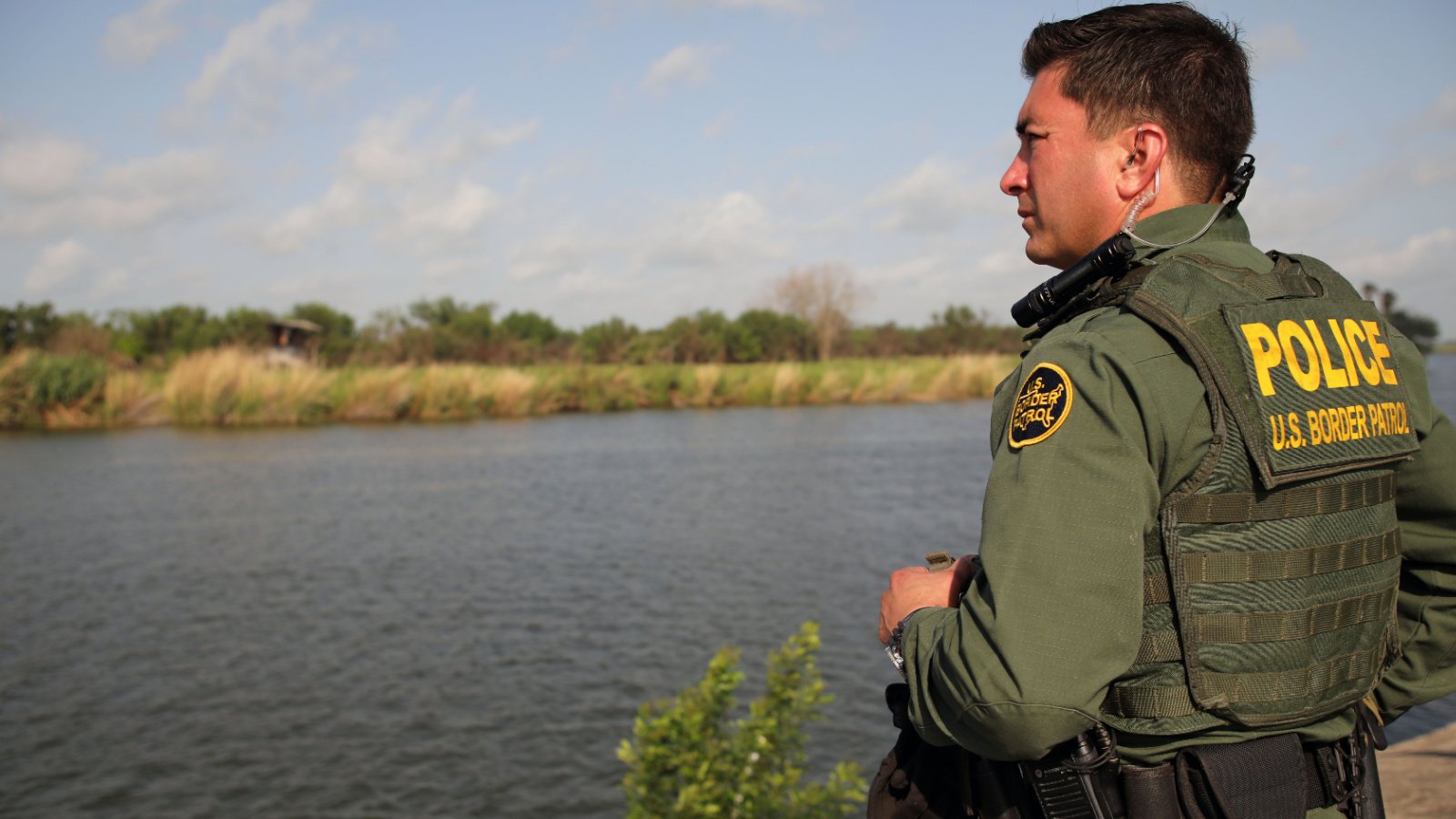
Border Patrol’s tactics are under scrutiny as advocates claim agents actively direct migrants to border camps, sometimes providing transportation. Meanwhile, the scene unfolds under the agents’ watchful eyes, anticipating the arrival of transport vehicles to facilitate the next steps.
A Humanitarian Act or Detention?
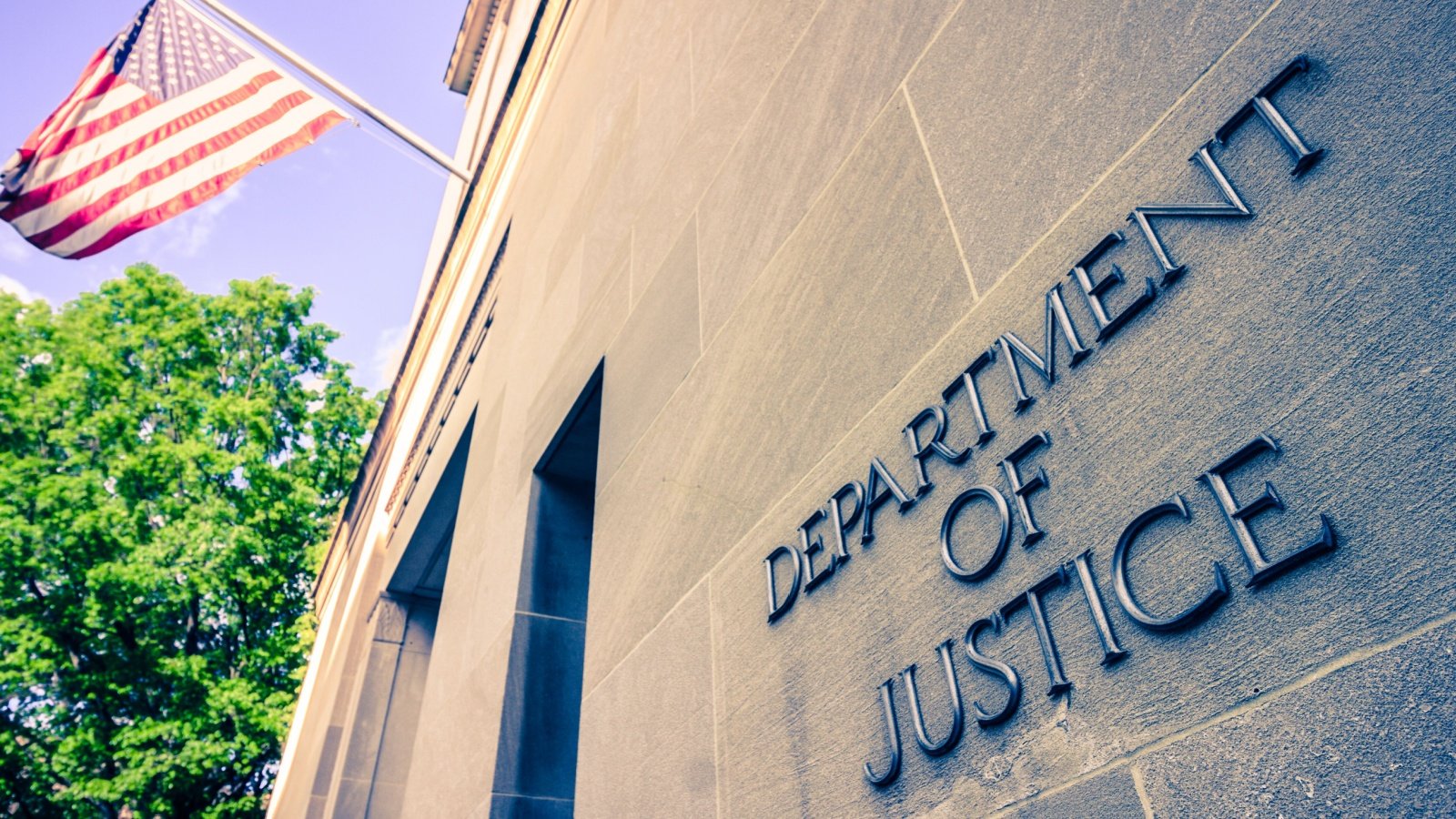
The Justice Department refutes the notion of these camps as “open-air detention sites,” attributing their existence to smugglers’ actions. It defends the Border Patrol’s involvement as a humanitarian effort, equating the distribution of water and snacks to any law enforcement’s management of crowded situations.
Streamlining the Process
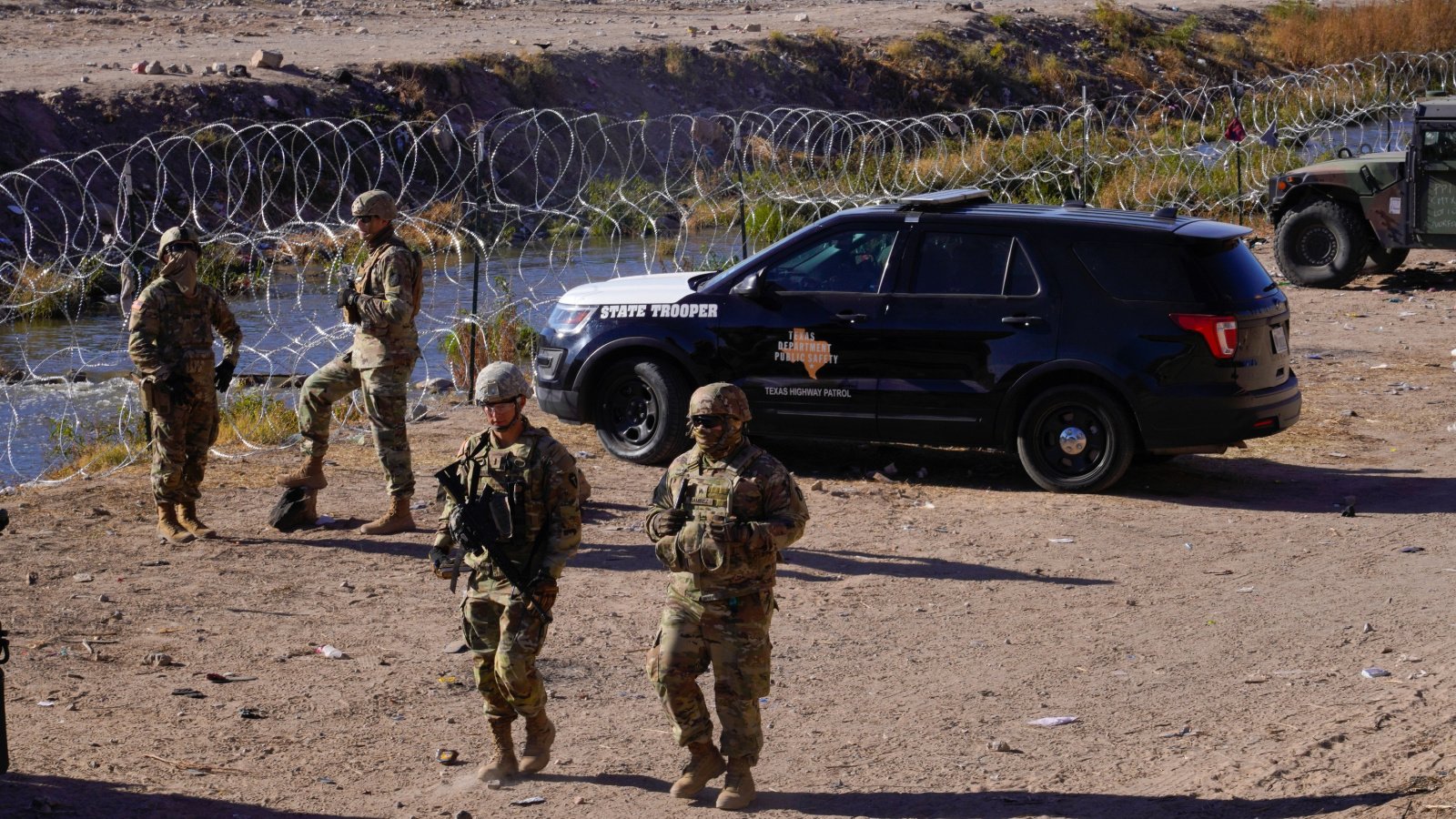
Efficiency at the camps has seen significant improvement, with the average time before arrest reduced to 12 hours, a notable decrease from the previous year. This is thanks in part to the San Diego sector’s initiative to double its bus fleet, aiming for quicker processing of migrants.
A Glimpse into a Day at the Border

A vivid snapshot of life between the borders: 33 individuals, including children, from diverse nations await their turn for processing, surrendering personal items for security checks. Language barriers notwithstanding, agents communicate in English, underscoring the multifaceted challenges of the situation.
Acts of Kindness Amid Hardship
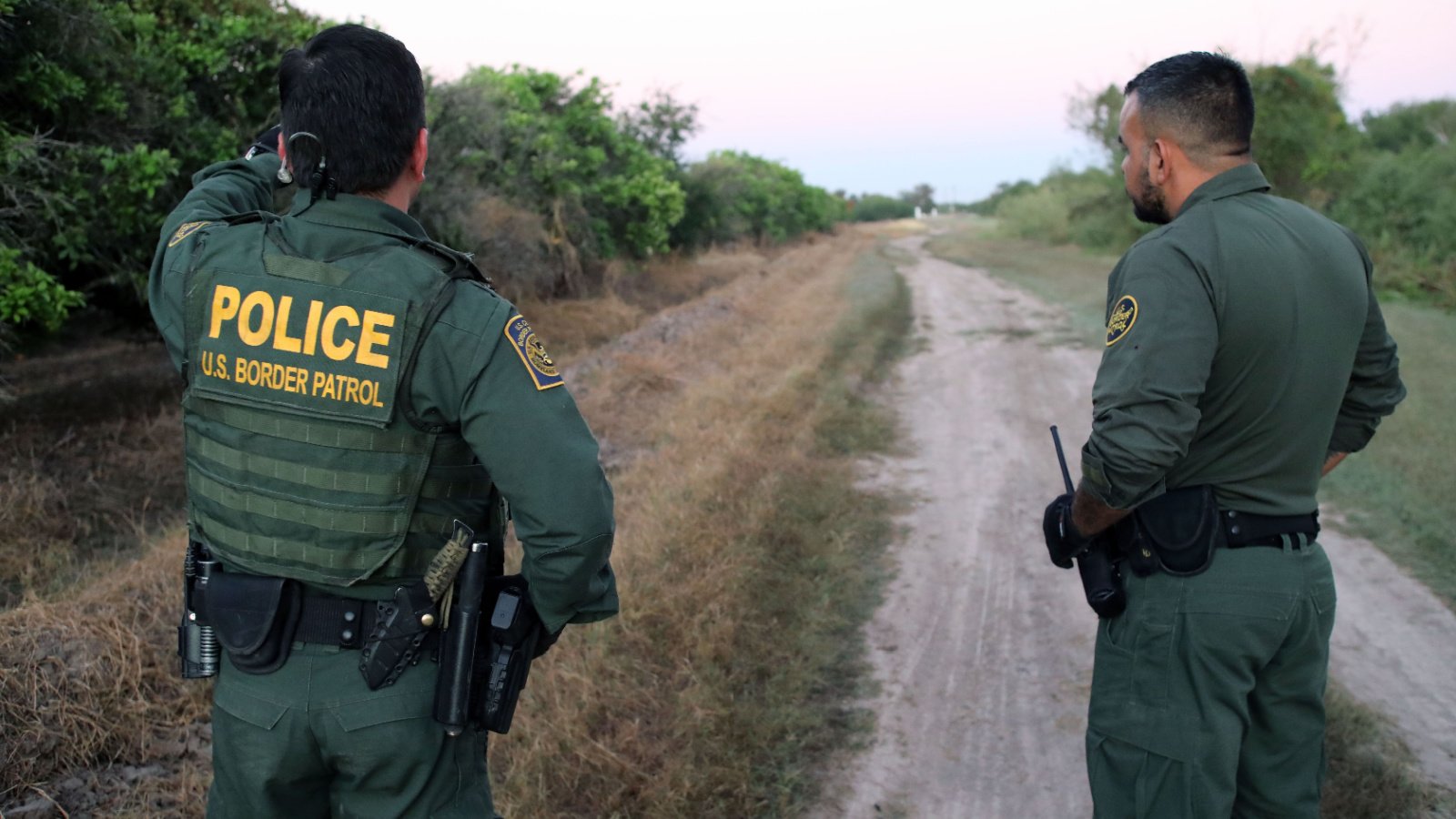
The border walls witness moments of kindness as volunteers like Pedro Rios offer food, warmth, and care to those waiting. His efforts provide not just sustenance but a glimmer of hope, demonstrating the human side of a highly politicized issue.
Personal Stories of Perseverance

Kedian William’s journey encapsulates the stark realities faced by many. Leaving behind a daughter in Jamaica, she navigates the perilous path to asylum with the hope of reuniting with family in New York, driven by a desperate need to escape violence and tragedy at home.
The Challenge of Crossing

William’s experience highlights the dangers and decisions migrants confront, including evading Mexican authorities and the daunting wait on U.S. soil. Her story is a testament to the courage and resilience that define the migrant experience, as they seek safety and a new beginning.






